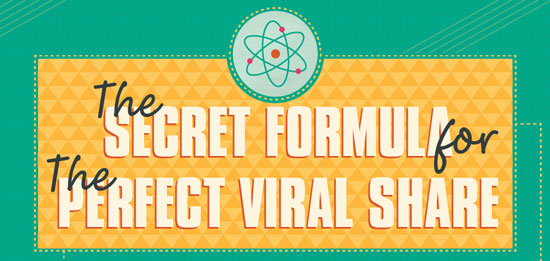
Every day you read, see and hear thousands of messages. The manner in which you receive these messages is different. To some you approach active, while others you pick up passively, without using your senses, nor any effort to reach them.
The more important question of how much information you receive is how much you remember of that information? What will you respond when someone is at the end of the day wondering what were you doing today? And of course, why are not these events remembered? The answer to all these questions are the emotions, since they are those that move us.
The link between viral marketing and emotion is large and unbreakable. Since viral marketing comes from the word virus it is clear that the viral message spread quickly and infect everyone with whom they come in contact. The key thing is to share information more quickly if a man has a strong emotional connection with a message. This message it may surprise you, angry, upset, confuse or make happy.
Emotions are an important part of social communication. We, as a people, need to share our emotional experiences, because in that way we maintain our social relations and express our individuality. Based on the research university in Indiana was found six primary emotions that affect sharing viral messages. These emotions are a surprise, joy, fear, sadness, anger and disgust.
- Surprise – the most common emotion that is used in viral marketing. Most often combined with other primary emotions.
- Joy – This emotion is recommended for less important or entertainment brands, as well as for brands that want to restore self-image. Also this emotion is used for products that promote the improvement of living conditions.
- Sadness – All actions that require immediate response due to unfortunate events are using this emotion. The problem is that these messages lead to short-term reaction, it is necessary to this emotion is combined with others, such as, for example, hope.
- Anger – Suitable for campaigns that require an immediate response to a situation that people experience in the market or in the wider field. As well as sadness, anger is transient emotion and therefore can not be used for long- term campaign. Also, in case of some complex issues, this emotion should be avoided.
- Fear – This emotion provokes the strongest reactions in people. Psychologists believe that we are run by this emotion. It also has a short-term effect, but must be used carefully, because if you overdo it can lead to completely opposite effect.
- Disgust – This emotion is most commonly used for young men. It should be used by companies that want to create a rebellious image of their brand. It’s a lot easier to sell this kind of humor to man than women.
The goal of marketers is to understand better the psyche of customers, because that’s the easiest way to sell a product. There are a huge number of publications and research that was conducted by scientists or experts, who offer us an insight into the behavior of people in certain situations. But, it should be noted that several emotions that are mentioned in this article can not define the overall behavior of the individual.
We think it is a surprise, either positively or negatively, very important. It drives people from their established habits and influence them to share with others the specific content.
What most stimulates you when decide to share something with your friends on Facebook or Twitter?
Below you can check infographic about viral marketing and how to go viral vith your content:














